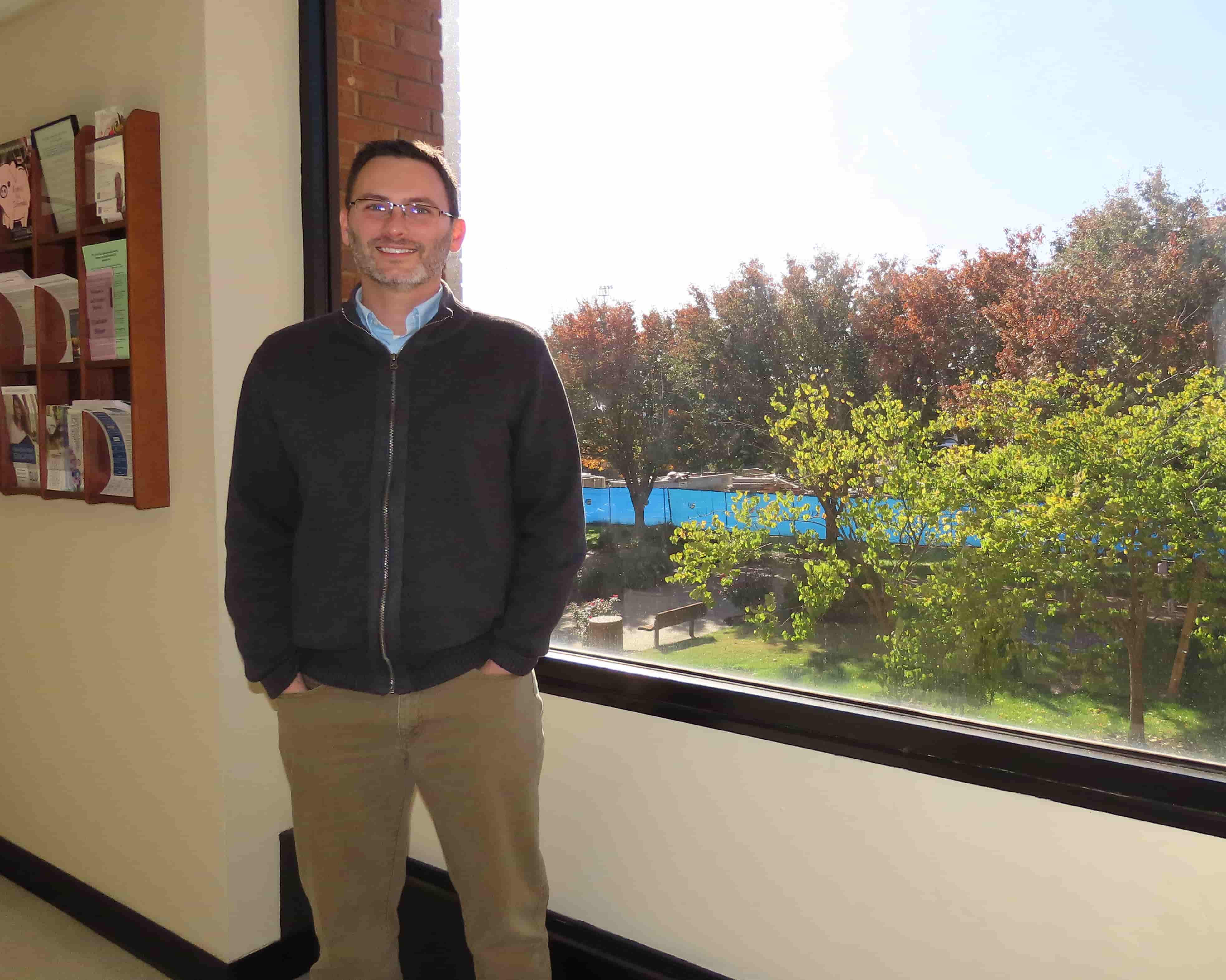

From 2010 to 2016, emergency department admissions for confirmed adolescent sexual abuse in the U.S. doubled, even as rates of child sexual abuse have steadily declined for decades.
Though the data was not able to explain why admission rates rose, researchers offer a number of possibilities, from better awareness, willingness to disclose abuse, and greater coordination with law enforcement and forensic teams, to the absence of other options such as child advocacy centers and specially trained pediatricians.
In a JAMA Pediatrics paper published on November 4, Saint Louis University researchers shared findings based on data from the Nationwide Emergency Department Sample of the Healthcare Cost and Utilization Project.
They found that emergency department admissions for adolescents between 12-17, of which 85% are girls and 15% are boys, more than doubled over the six year time period. Other age groups remained the same.
“I was surprised,” lead author Jesse Helton, Ph.D., assistant professor of social work in Saint Louis University’s College for Public Health and Social Justice, said of the findings.
“The thing to know is that sexual abuse rates in general have been dropping for the last 20 years. What we’re seeing here is that more cases are being seen in emergency departments.
“While the data can’t tell us why, we do know that there’s been an increase in coordination between the medical profession, courts and forensic teams. There’s been increased efforts to ensure that rape kits are properly handled. There’s an awareness that in the court system, if evidence is presented, cases can be handled more quickly.
“Changes in healthcare and child welfare policy also could play a role, if more adolescents are being seen in the ER than before,” Helton said.
An alternative to the ER, child advocacy centers are staffed with professionals who are trained to interview children and caregivers. Not all areas of the U.S. have access to these centers, however, and in rural areas without access, adolescents may have to rely on the emergency department for care.
As emergency department usage increases, Helton says the next question is whether all ERs are well prepared to help sexually abused teens and whether they are the best option for care.
“Is this the best place for kids to be seen? Are emergency departments equipped and are they the best choice? Are social workers there to help, are there referrals afterwards and how involved is child protective services?
“ER doctors are on the front lines of spotting human trafficking. Are they trained well enough to identify these potential victims? Are they administering the correct type of medical services, such as testing for STIs and mental health care?
“This study, while not able to draw conclusions about these questions, suggests they are important to ask.”
Other researchers on the study include Jason T. Carbone, Ph.D., Michael G. Vaughn, Ph.D., and Theodore P. Cross, Ph.D.
Key Take-aways
- From 2010 to 2016, emergency department admissions for confirmed sexual abuse in the U.S. increased, even as rates of child sexual abuse have steadily declined for decades.
- Researchers found that admissions for children between 12 – 17, of which 85% are girls and 15% are boys, more than doubled over the six-year time period.
- Other age groups remained the same.
- The data were not able to explain why admission rates rose; however, researchers offered a number of possibilities, from greater willingness to disclose abuse to better coordination with law enforcement and forensic teams.
- As emergency department usage increases, Helton says the next question is whether all ERs are well prepared to help sexually abused teens and whether they are the best option for care.

